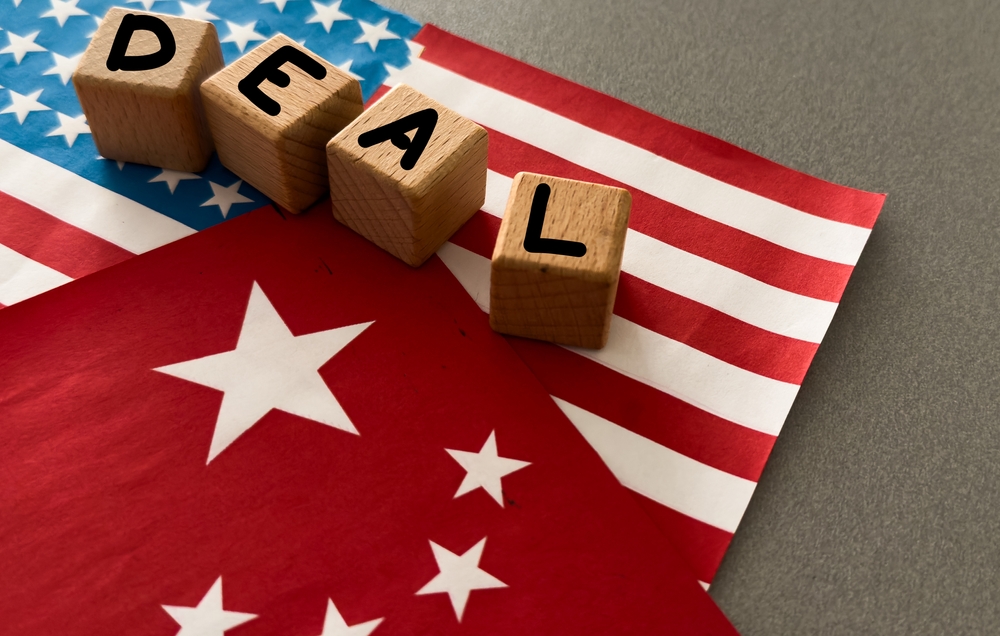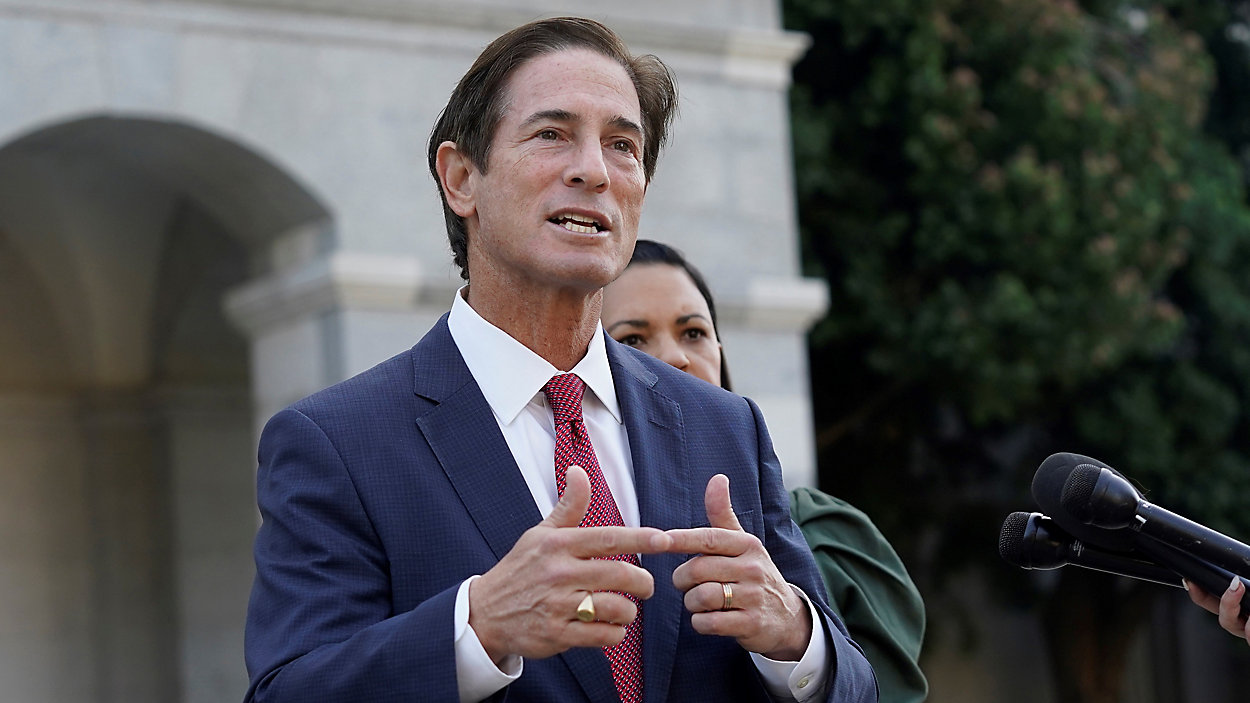After years of escalating tariffs and tense negotiations, the United States and China have reached a new trade agreement that could reshape the economic landscape for millions of Americans. While the deal is being hailed as a breakthrough by some, others warn that its long-term effects remain unclear. From grocery aisles to tech purchases, the ripple effects of this agreement will be felt in everyday life. Here’s what the deal means for consumers, workers, and businesses across the country.
1. Lower Prices on Consumer Goods
One of the most immediate benefits of the deal is the easing of tariffs on Chinese imports. This means lower prices on everyday items like electronics, clothing, and household goods. Since the 2018 trade war began, tariffs have driven up costs for American consumers. With many of those duties now reduced or eliminated, retailers are expected to pass savings along to shoppers. That could mean cheaper smartphones, laptops, and apparel just in time for the holiday season.
2. Stabilized Supply Chains
The trade war disrupted global supply chains, leading to shortages, delays, and inflation. This deal aims to restore stability by improving cooperation between the two countries. Manufacturers will have more predictable access to components and materials, especially in industries like automotive, electronics, and pharmaceuticals. For consumers, this could mean fewer out-of-stock notices and more consistent pricing.
3. Relief for Farmers and Exporters
American farmers, particularly soybean growers, have been hit hard by Chinese tariffs on U.S. agricultural products. The new agreement includes provisions for increased Chinese purchases of U.S. crops, offering much-needed relief to rural communities. Exporters in other sectors, such as machinery, chemicals, and energy, also stand to benefit from reduced trade barriers. This could boost local economies and create new job opportunities.
4. Renewed Competition for Domestic Producers
While consumers may benefit from lower prices, domestic manufacturers could face renewed competition from cheaper Chinese imports. Industries that thrived under tariff protections may now struggle to compete. This includes textiles, furniture, and certain electronics. Small businesses and factories may need to innovate or pivot to stay competitive. The deal is a double-edged sword—good for buyers, challenging for makers.
5. Impact on Inflation and Interest Rates
By easing supply chain pressure and lowering import costs, the deal could help reduce inflation. That’s good news for consumers and may influence the Federal Reserve’s decisions on interest rates. Lower inflation could lead to more stable borrowing costs for mortgages, auto loans, and credit cards. However, economists caution that the effect may be temporary if deeper structural issues aren’t addressed.
6. Changes in Tech and Rare Earth Access
China recently restricted exports of rare earth elements—critical for manufacturing smartphones, electric vehicles, and military equipment. The deal includes a pause on those limits, allowing U.S. companies to resume sourcing these materials. This is a win for tech firms and defense contractors, but the underlying tension remains. Future restrictions could still disrupt innovation and production.
7. Political and Strategic Uncertainty
While the deal offers short-term economic relief, it doesn’t resolve deeper issues like intellectual property theft, forced technology transfers, or geopolitical rivalry. Experts warn that the agreement is more of a truce than a resolution. Future administrations may revisit or revise the terms, and tensions could flare again. For Americans, that means continued uncertainty in trade policy and global relations.
8. Implications for Online Shopping
Many online retailers source products directly from China. With tariffs reduced, platforms like Amazon, eBay, and Temu may offer lower prices and faster shipping. Consumers could see better deals on gadgets, accessories, and home goods. However, some sellers may still face regulatory hurdles or quality control issues. Shoppers should remain vigilant about product standards and seller credibility.
9. Effects on Job Markets
The deal could influence hiring trends across multiple sectors. Logistics, agriculture, and export-related industries may see job growth. Meanwhile, domestic manufacturing could face layoffs or restructuring. Workers may need to reskill or shift industries to adapt. Policymakers are expected to introduce support programs, but the transition may be uneven.
10. A Test of Economic Diplomacy
This agreement is a major test of economic diplomacy between two global powers. Its success—or failure—will shape future trade deals, alliances, and global stability. For everyday Americans, it’s a reminder that international negotiations have real-world consequences. From the price of groceries to the availability of tech, global decisions affect local lives.
The Deal Is a Relief—But Not a Resolution
The U.S.-China trade deal offers immediate benefits for consumers and exporters, but it doesn’t solve the deeper challenges of global competition and strategic rivalry. Americans can expect lower prices and more stable supply chains—but also renewed competition and ongoing uncertainty. It’s a step forward, not a finish line. Staying informed and adaptable will be key as the global economy continues to shift.
Have you noticed any changes in prices or product availability since the deal was announced? Share your experience in the comments.
You May Also Like…
Social Security COLA at Risk? How Tariffs and Turmoil Could Cut Increase
Stocks Soar, Jobs Drop, Tariffs Feed Inflation: Is It The October Effect?
Economic Iceberg Hides Tariff Risk To Consumers
Where Tariff Price Hikes Will Hit Your Wallet First
Tariffs Create Uncertainty On The Farm And At The Grocery



























